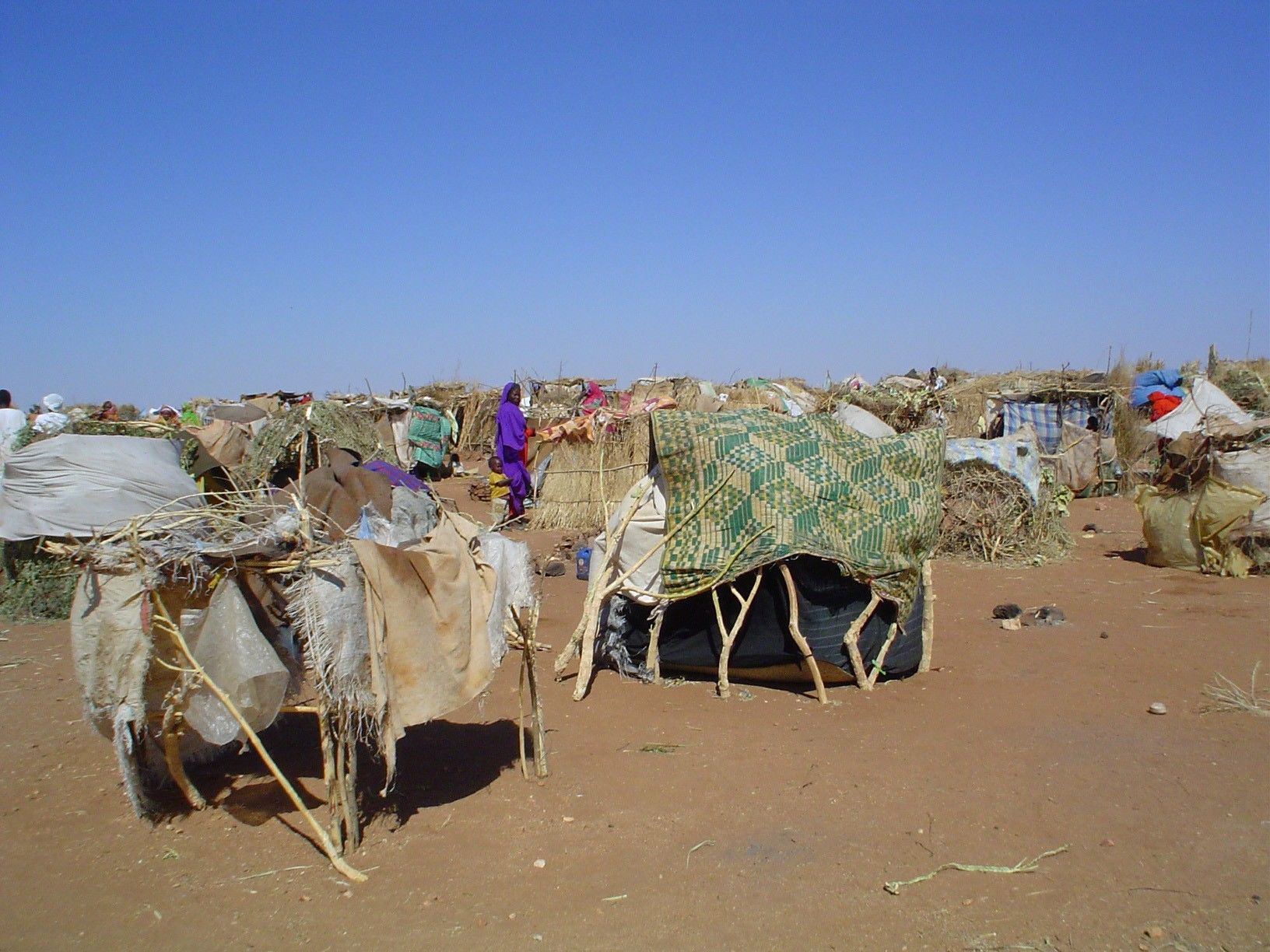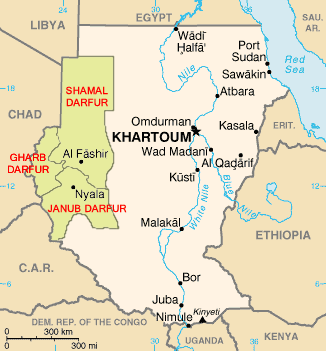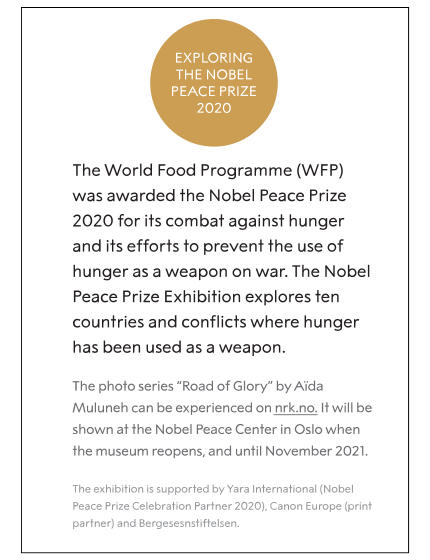Hunger in the Darfur conflict
The underlying issues had been simmering for a long time when violence broke out in Darfur in 2003. The region struggled with droughts through the 70’s and 80’s and experienced a serious famine in 1984-1985. Long-running friction between farmers and nomads affected the area, and border conflicts with Chad and Libya contributed to worsening conditions for the population. From the 90s and onward, local conflicts became politicised and drawn into the national arena. The conflict began to escalate from the beginning of the 2000’s. In 2003, ethnic strife arose between government-friendly and opposition tribes. Non-Arab citizens took up arms against the government’s neglect of the Darfur region and the discrimination.
A brutal war that should have been over
The forces loyal to the government in Khartoum received arms and munitions. Militias, often referred to as Janjaweed, brutally attacked non-Arabs. Backed by Sudan’s armed forces, they rode through villages, burning homes, raping and forcing people to flee. According to the UN, this warfare can most likely be categorised as genocide, meaning the aim was to partially eradicate the groups of people it was aimed at. This violence continued for years. This caused a staggering increase in the number of displaced people and refugees. During the migrations people lacked food and water, and many died in their attempt to reach refugee camps in neighbouring Chad. In 2007, the UN established a peace-keeping force, but waves of violence and conflict kept returning. In 2010, the Sudanese government estimated the death toll of their military campaign to be 10 000, whereas the U.N. gave an estimate of approximately 300 000.
What is the conflict about?
In addition to ethnic marginalization and discrimination, competition over scarce resources are main causes of the conflict in Darfur in western Sudan. In simple terms, the war can be described as an ethnic conflict between Arab tribes, represented by the authorities and the Janjaweed militia, and other ethnic groups, represented by oppositional rebels.
Years of hunger and starvation exacerbated the competition for land, food and water. This was one of the underlying causes of the increasing tension and eventual war between groups in Darfur.
Peace agreement
The atrocities in Darfur were the reason Omar Al-Bashir in 2009 became the first sitting Presidentindicted for war crimes in the International Criminal Court in the Hague.
Much began to change in Darfur through 2019. A popular uprising lead to the arrest of President Omar Al-Bashir, after 30 years in power. Initially, the army took control, in what looked like a coup d’état. After negotiations, the military reached an agreement with the civilian opposition to establish a Sovereignty Council consisting of eleven members and a military leader. A civilian government which was in place by September 2019, signed a peace agreement with parts of the opposition movement in October of 2020. Economic turmoil has, however, made it impossible to fulfil certain commitments made in the agreement. The disarming of the parties to the conflict has yet to be carried out, and the UN and AU peacekeepers are no longer present in Darfur. Millions of people are still internally displaced, living in refugee camps.
Food and hunger: a core part of the conflict
During the war in the 2000’s, locally grown food and livestock were exported, while many Sudanese starved. This is unusual among the African nations that receive food aid. Some have blamed the government for using food exports to ensure its own economic survival, while marginalized regions with marked opposition to the central government suffered from food shortages.
Millions lost their livelihoods as they were forced to flee from the war. Agriculture is the most important economic sector in Darfur, and as a large proportion of the refugees in Darfur were farmers, vast fertile areas were left barren when they fled. People who had been able to feed themselves were forced into life in the refugee camps, dependent on food aid from the outside.
In addition to war, the region has suffered serious consequences from climate change, which has led to droughts and more vulnerable food systems. This has again led to increased poverty, starvation and malnutrition, with fatal consequences, along with raising tensions in local conflicts.

Hunger and malnutrition still present
Many of Darfur’s refugee camps have developed into permanent settlements with their own food systems and markets, but they remain dependent on aid and food assistance. Today, 6.2 million people in Sudan lack secure access to food. Malnutrition is also a significant challenge, and more than 14 % of the population suffers from acute malnutrition. The number of children with stunted growth resulting from malnutrition has decreased in recent years, but one in three Sudanese children still suffer from stunted development.
Working for a healthier and safer Darfur
Many UN organizations have been involved in Darfur. During the peak of the war, in 2003–2005, their work was made difficult as aid workers lived under constant threat from Janjaweed and other militias. In 2009, 13 international aid agencies were expelled from Sudan, as a response to the warrant for the arrest of Omar Al-Bashir from the International Criminal Court. Today, the World Food Programme works with authorities and partners to secure life-saving food and nutrition to Sudan, and to make everyday life safer. Those who were forced to flee are still waiting for the situation to stabilize, so they can return to the villages and the life they were forced to leave behind.
LISTEN TO HISTORY
DARFUR IN THE NOBEL PEACE PRIZE EXHIBITION 2020
When this year’s Peace Prize exhibition was created, we wanted to show how food is being used as a weapon in war and conflict. The renowned Ethiopian photographer Aïda Muluneh was commissioned to create ten works, illustrating ten different countries and conflicts where food has been used as a tool of power. Darfur is one of these examples. Muluneh has titled the photo “The Embrace of Demise”.
“Having worked as a photo journalist in a refugee camp of internally displaced people in South Sudan, gave me a perspective to have some understanding when we speak about the terror that took place in Darfur,” the artist says. Watch the interview with her in the video:
Share:

